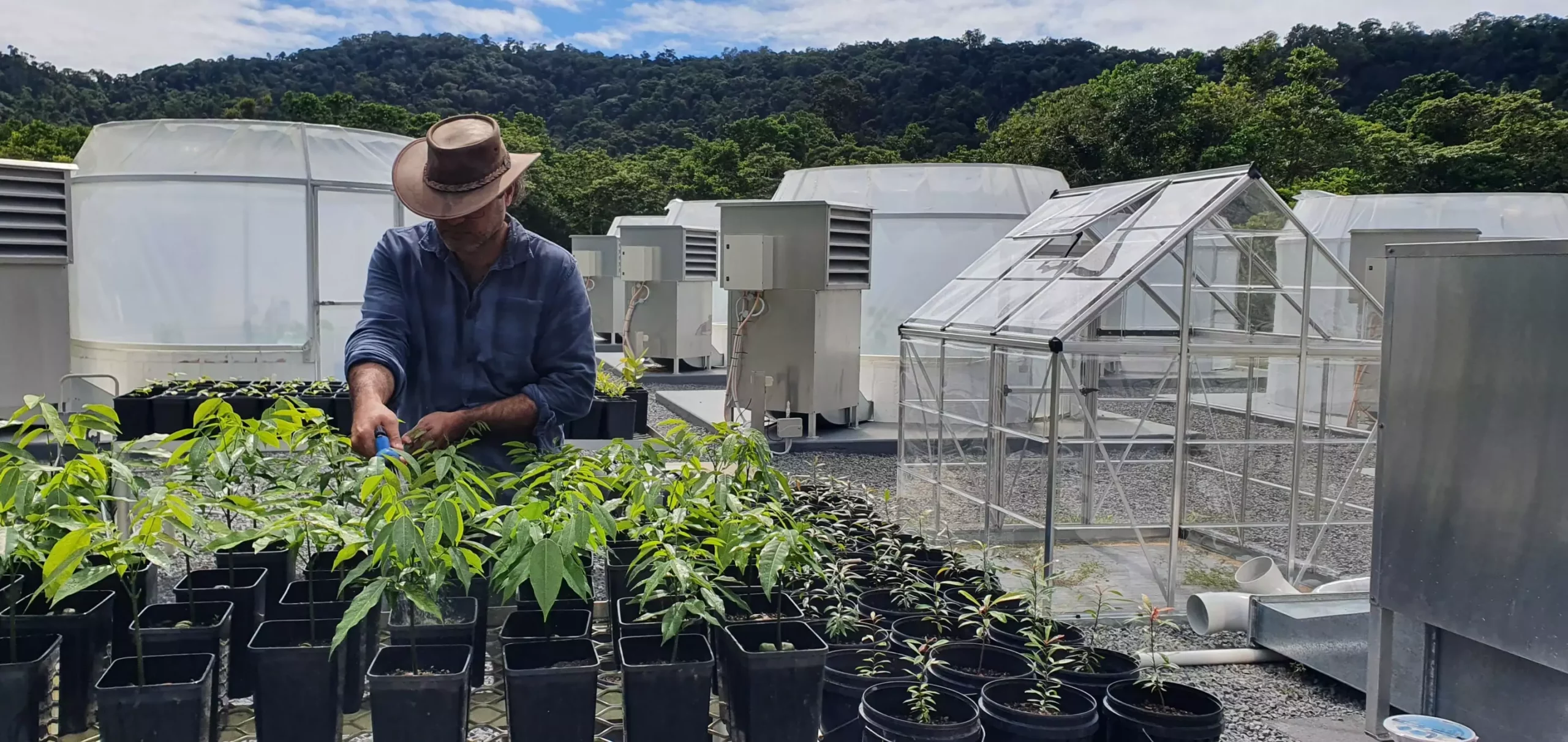Ozone’s role in the environment is paradoxical; while its presence in the stratosphere acts as a shield against harmful ultraviolet radiation, the same gas at ground level poses significant threats to both human health and ecological balance. Recent findings highlight that ground-level ozone is diminishing the growth of tropical forests, leading to an astonishing loss of close to 290 million tonnes of carbon capture annually. This nuanced understanding of ozone underscores the complexities of human-induced environmental changes and their far-reaching impacts.
Impacts on Tropical Forest Ecosystems
Tropical forests are often referred to as the lungs of the Earth, acting as critical carbon sinks that sequester atmospheric carbon dioxide. The study published in *Nature Geoscience* reveals that ground-level ozone is responsible for an average reduction of 5.1% in the yearly growth of these vital ecosystems. In specific regions like Asia, the damage is even more pronounced, with losses reaching 10.9%. These figures not only paint a grim picture of our forests’ health but also indicate a significant hindrance to efforts aimed at curbing climate change.
Dr. Alexander Cheesman, co-lead author of the study, argues that “Tropical forests play a crucial role in mopping up our carbon dioxide emissions,” emphasizing the urgency of addressing the detrimental effects of air pollutants like ozone. The research reveals that the cumulative impact of ozone pollution has led to a staggering 17% decrease in carbon removal by these forests since the dawn of the 21st century.
The mechanisms through which ground-level ozone interferes with plant growth are multifaceted. Ozone, created from a mix of pollutants and sunlight, hampers the photosynthetic processes inherent to plant growth. This not only reduces the amount of carbon dioxide that trees can absorb but also weakens the overall growth rates of various tropical tree species. Researchers conducted experiments to measure the sensitivity of these species to ozone and integrated their findings into a global vegetation model to assess long-term impacts.
Furthermore, the rise of urbanization, industrial activities, and fossil fuel combustion has led to increased emissions of precursor pollutants that form ground-level ozone. Dr. Flossie Brown, another co-lead author, warns that “ozone concentrations across the tropics are projected to rise further,” setting the stage for more severe implications for forest health and carbon absorption.
As the world grapples with climate change, the implications of ozone damage to tropical forests extend far beyond mere statistics. The areas earmarked for forest restoration, critical in the global effort to limit greenhouse gas emissions, are disproportionately suffering due to elevated ozone levels. This highlights an urgent need for integrated policies that mitigate air pollution while promoting forest conservation.
Understanding the dual role of ozone is vital in framing policies aimed at combating climate change. Addressing the harmful effects of ground-level ozone is not just an environmental issue; it is a prerequisite for ensuring that tropical forests continue to play their crucial role in carbon mitigation. Immediate action is essential to safeguard these ecosystems from the impacts of air pollution, thereby protecting our planet’s climate and future.


Leave a Reply